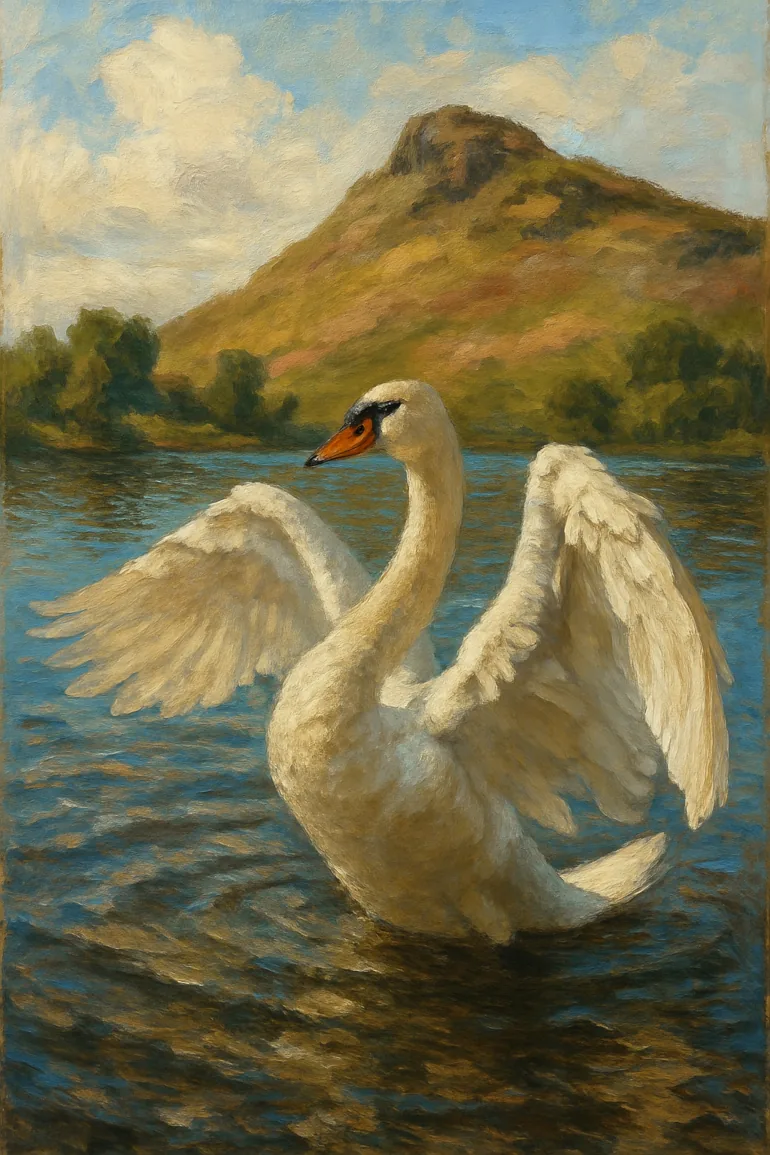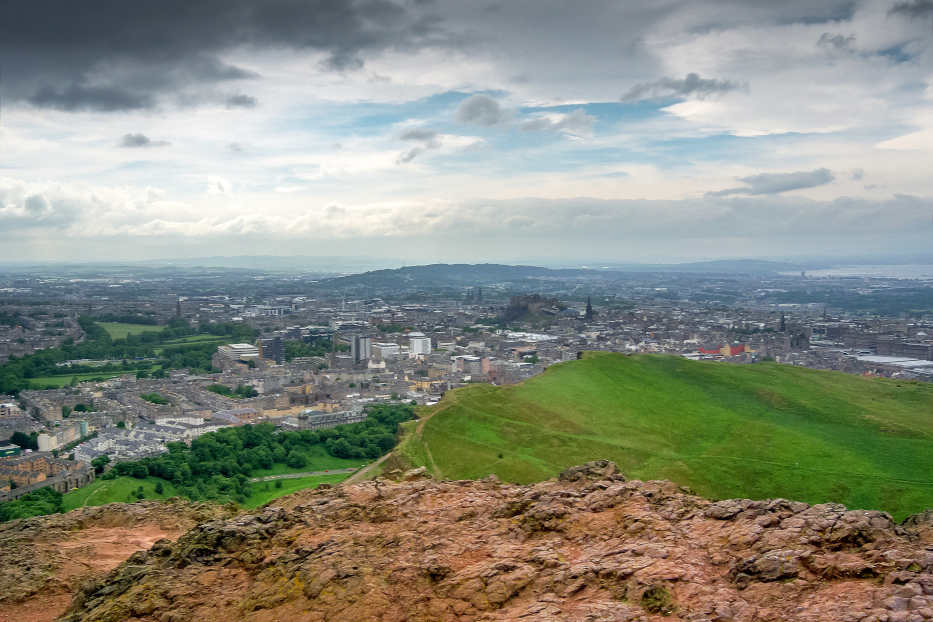Dunsapie Loch is a peaceful, scenic loch tucked along the eastern flank of Arthur’s Seat, part of Edinburgh’s dramatic volcanic skyline.
Though the city’s iconic peak is well known to visitors and locals alike, Dunsapie Loch remains a quieter gem, offering a tranquil contrast to the bustle of the Scottish capital.
Tucked between rugged cliffs and rolling grasslands, this small artificial loch has become a sanctuary for wildlife and a favorite escape for those seeking peace just minutes from the city center.
Table of Contents
Edinburgh’s Tranquil Lochs and Reservoirs
Edinburgh is home to several lochs and reservoirs, each with its own character and charm. While some, like St Margaret’s Loch, are popular with visitors, others remain quieter retreats for nature lovers.
These bodies of water are scattered across the city, providing habitats for wildlife, scenic walking routes, and moments of reflection away from urban life.
Here are some notable lakes in Edinburgh:
| Name | Location | Notable Features |
|---|---|---|
| Duddingston Loch | Holyrood Park | Wildlife reserve, birdwatching, historic Duddingston Kirk nearby. |
| Dunsapie Loch | Holyrood Park | Scenic, great views, home to swans. |
| Harperrig Reservoir | West of Edinburgh | Quiet, great for birdwatching, scenic views. |
| St Margaret’s Loch | Holyrood Park | Swans, ducks, easy access, relaxing spot. |
| Threipmuir Reservoir | Pentland Hills | Hiking, kayaking, wild swimming. |
Among these, Dunsapie Loch stands out for its unique blend of history, wildlife, and scenic beauty.
Dunsapie Loch Shaped by History
Dunsapie Loch is not a natural lake but the product of 19th-century engineering. Created in 1844 as part of drainage improvements for Holyrood Park, the loch was designed to enhance the area’s aesthetic appeal while also serving practical purposes.
Perched at approximately 110 meters (361 feet) above sea level, it is one of the highest bodies of water in the city. Despite its relatively recent origins, the area surrounding Dunsapie Loch bears deep historical significance.
To the south, Arthur’s Seat dominates the skyline—an ancient volcanic formation thought to have been a site of human activity since prehistoric times. The nearby Dunsapie Hill Fort, an Iron Age defensive structure, hints at early settlements and offers a glimpse into Scotland’s ancient past.
A Haven for Wildlife
One of Dunsapie Loch’s greatest charms is its rich biodiversity. Though small, the loch attracts an array of birdlife, making it a rewarding spot for nature enthusiasts. Swans glide serenely across the water, their elegant reflections mirrored on the surface, while mallards, coots, and tufted ducks dabble along the edges.

In spring and summer, visitors can observe the delicate ritual of nesting, with cygnets and ducklings paddling alongside their parents.
Above the loch, kestrels hover over the rugged slopes, scanning the ground for prey. Skylarks, nearly invisible against the sky, fill the air with their cascading song. In the evening, bats flicker in and out of view as they skim the water’s surface in search of insects.
Outdoor Pursuits and Panoramic Views
For walkers and hikers, Dunsapie Loch is both a destination and a convenient starting point. A well-trodden path leads from the loch to the summit of Arthur’s Seat, rewarding climbers with one of the finest panoramic views in the UK.
The ascent takes around 20 minutes, but the rewards are immeasurable—on a clear day, one can see across the Firth of Forth to Fife, and even catch glimpses of the Lomond Hills in the distance.
To stand atop Arthur’s Seat is to see Edinburgh not just as a city of stone and history, but as a landscape shaped by forces older than civilization itself.

Arthur’s Seat Rises Over Edinburgh, Its Volcanic History Carved in Rock
To stand atop Arthur’s Seat is to view Edinburgh not only as a city of stone and history but also as a landscape shaped by forces older than civilization itself.
For those who prefer a gentler excursion, the loch offers a scenic circular walk, taking in the gentle undulations of Holyrood Park. Photographers will find endless inspiration—from the reflection of the craggy slopes in the water to the ever-changing play of light across the city below.
Seasonal Changes and Timeless Appeal
Dunsapie Loch offers a different experience with each season. In spring, wildflowers carpet the surrounding slopes and birdsong fills the air.
Summer brings longer days and picnickers to the grassy banks. In autumn, golden hues transform the landscape. And in winter, mist curls over the water, lending the loch an ethereal quality.
Unlike the more heavily trafficked parts of Holyrood Park, Dunsapie Loch retains a sense of solitude, even during busier months. Whether it’s a moment of stillness beside the water’s edge or the thrill of spotting a kestrel in flight, the loch offers a connection to nature that feels timeless.
Direct Ferries – Routes, Schedules, Prices
Ferries to Scotland
Finding Your Way
Dunsapie Loch is easily accessible from the city center. A short walk from Holyrood Palace, the loch can be reached via Queen’s Drive, which encircles the park.
Those arriving by car will find convenient parking nearby. For more adventurous visitors, cycling is an excellent way to explore Holyrood Park’s extensive network of trails.
Though often overshadowed by its grander neighbor, Arthur’s Seat, Dunsapie Loch holds a quiet magic of its own.
Whether approached as a stepping stone to greater heights or a destination in itself, this small loch offers something invaluable: a moment of stillness, a glimpse of untamed beauty, and a reminder that even in a city as rich in history and culture as Edinburgh, nature remains ever-present.

